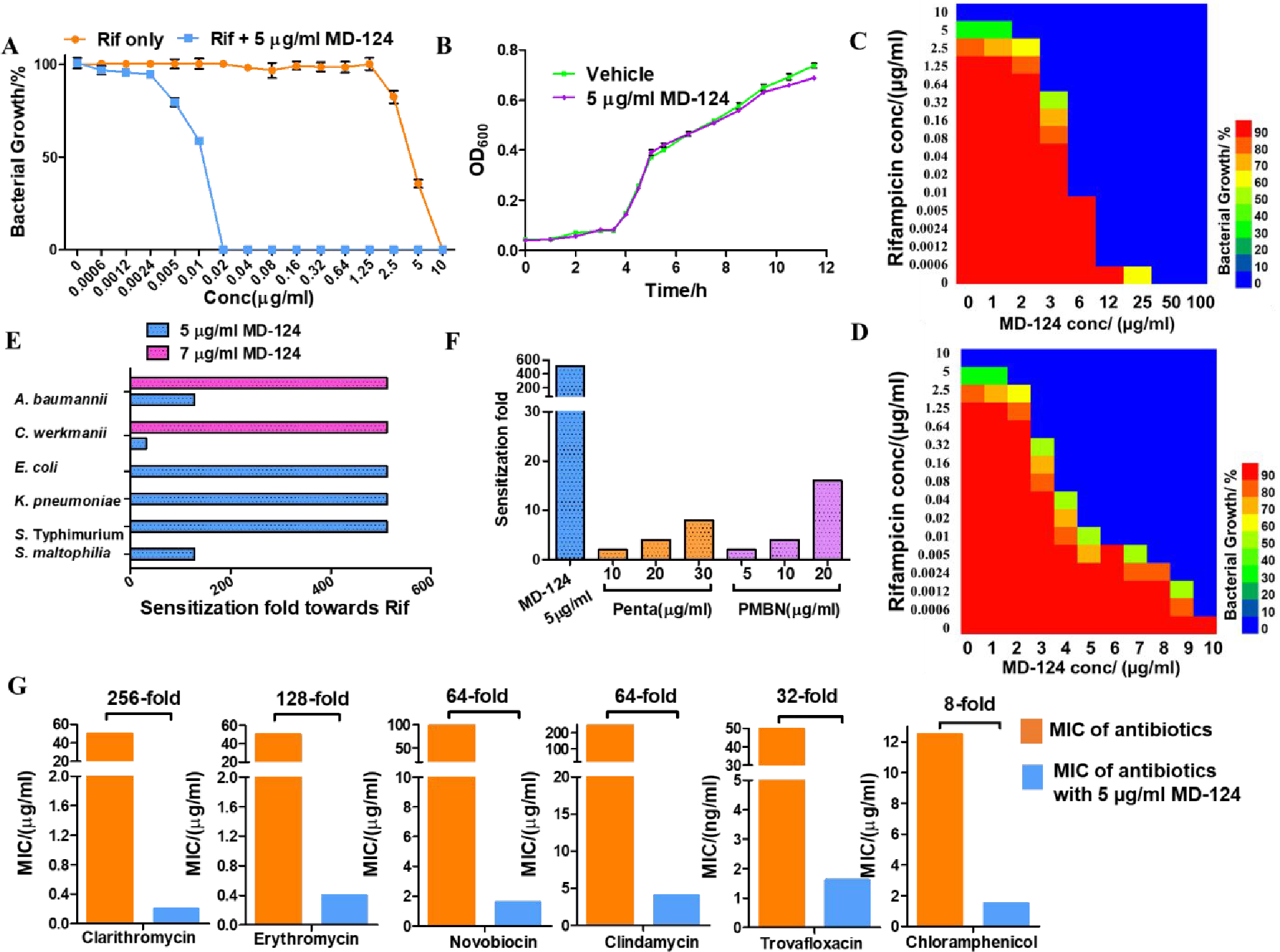Fig. 1. MD-124 sensitizes Gram-negative bacteria towards various antibiotics.

(A) 5 μg/ml MD-124 sensitized E. coli towards rifampicin (Rif). E. coli was cultured with rifampicin at various concentrations in the presence or absence of 5 μg/ml MD-124 for 24 h at 37 °C. Then bacterial growth density was determined by measuring OD600. Values are means ± SD. n = 3. (B) 5 μg/ml MD-124 itself showed no inhibition effect on bacterial growth. E. coli (5 × 105 CFUs/ml) was cultured in the absence or presence of 5 μg/ml MD-124 and OD600 values at different time points were recorded. Values are means ± SD. n = 3. (C) Checkerboard assay of MD-124 (0 to 100 μg/ml) and rifampicin on E. coli. From red bar to blue bar: decreasing bacterial growth density. (D) Checkerboard assay of MD-124 (0 to 10 μg/ml) and rifampicin on E. coli. (E) MD-124 sensitizes various Gram-negative bacterial species towards rifampicin (Rif). Sensitization fold = MIC of rifampicin only /MIC of rifampicin with MD-124. (F) Comparison among MD-124, pentamidine and PMBN for their sensitization effects on E. coli towards rifampicin. (G) 5 μg/ml MD-124 sensitizes E. coli towards a broad range of antibiotics. All results shown represent biologically independent triplicates.
